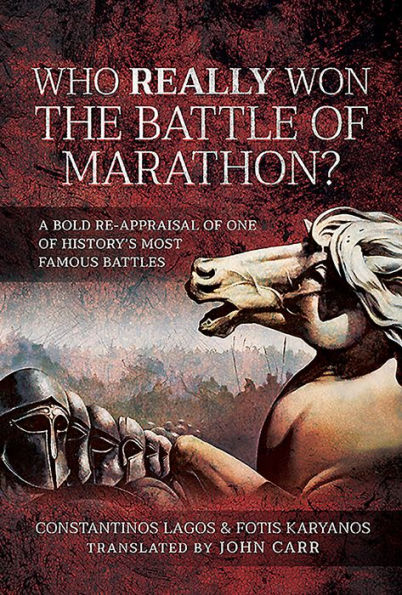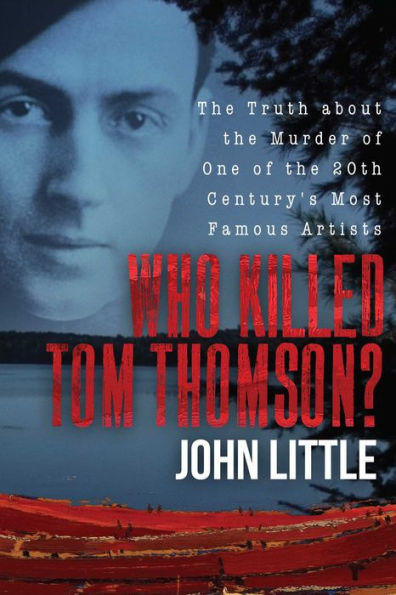Home
Who Really Won the Battle of Marathon?: A bold re-appraisal one history's most famous battles
Loading Inventory...
Barnes and Noble
Who Really Won the Battle of Marathon?: A bold re-appraisal one history's most famous battles
Current price: $34.95


Barnes and Noble
Who Really Won the Battle of Marathon?: A bold re-appraisal one history's most famous battles
Current price: $34.95
Loading Inventory...
Size: Hardcover
*Product Information may vary - to confirm product availability, pricing, and additional information please contact Barnes and Noble
This book is a bold and controversial reinterpretation of one of the most famous and decisive battles of the ancient world, overturning a number of long-held assumptions and myths about the Greek army.
The Battle of Marathon in 490 BC, where an Athenian-led Greek force defeated a Persian invasion, is one of the most decisive battles in Antiquity and has been studied for centuries. It is famed as a triumph of the Greek hoplite heavy infantry phalanx against massively superior Persian numbers. But this exciting re-assessment of the evidence, including new archaeological findings, overturns many long-held assumptions. In particular the authors argue that the Greek numerical inferiority was less marked than previously thought, largely because the hoplites were accompanied by many light infantrymen who are given unprecedented credit for their role in the fighting. The contribution of these poorer citizens, it is argued, led to the immediate strengthening of democracy in Athens.The authors also tackle the much-debated mystery of the whereabouts of the Persian cavalry, generally thought to have been absent on the day of battle. Their bold answer is that it was not only present but played a central role in the fighting. However, the Greeks managed to defeat the Persian cavalry by their ingenious use of the terrain. Karyanos and Lagos also claim to have located the site of the Greek camp. This thoroughly researched and compelling re-assessment is an exciting new take on this justly famous event.
The Battle of Marathon in 490 BC, where an Athenian-led Greek force defeated a Persian invasion, is one of the most decisive battles in Antiquity and has been studied for centuries. It is famed as a triumph of the Greek hoplite heavy infantry phalanx against massively superior Persian numbers. But this exciting re-assessment of the evidence, including new archaeological findings, overturns many long-held assumptions. In particular the authors argue that the Greek numerical inferiority was less marked than previously thought, largely because the hoplites were accompanied by many light infantrymen who are given unprecedented credit for their role in the fighting. The contribution of these poorer citizens, it is argued, led to the immediate strengthening of democracy in Athens.The authors also tackle the much-debated mystery of the whereabouts of the Persian cavalry, generally thought to have been absent on the day of battle. Their bold answer is that it was not only present but played a central role in the fighting. However, the Greeks managed to defeat the Persian cavalry by their ingenious use of the terrain. Karyanos and Lagos also claim to have located the site of the Greek camp. This thoroughly researched and compelling re-assessment is an exciting new take on this justly famous event.













